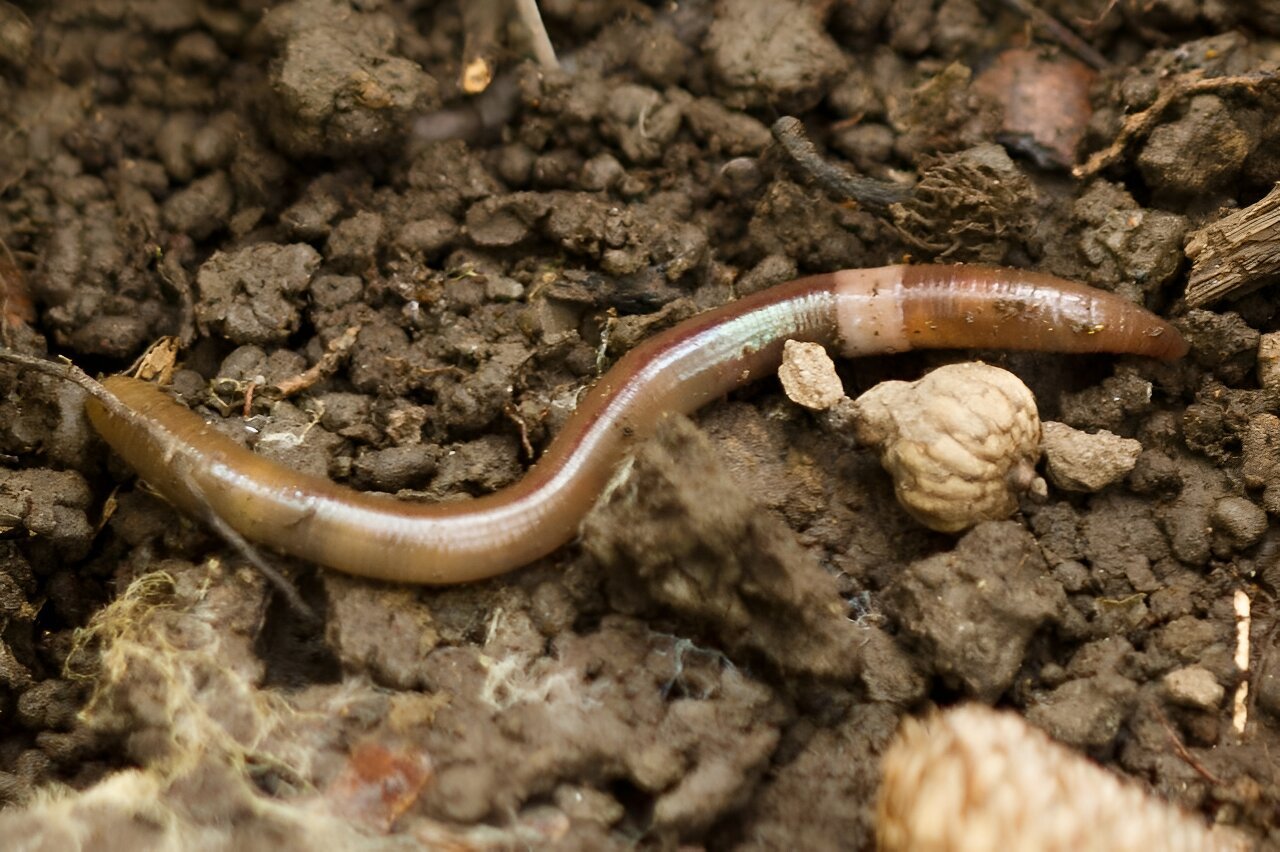The findings reveal that nonnative earthworms now likely dominate 73 percent of the continent, with 28 percent of North America having lost its original earthworm species.
A comprehensive analysis published in the journal Nature Ecology and Evolution has shed light on the pervasive infiltration of nonnative earthworms throughout the North American continent, highlighting a significant threat to indigenous ecosystems.
Researchers, drawing upon data spanning over a century from 1891 to 2021, have documented the widespread presence of numerous nonnative earthworm species across North America. Describing them as a “serious threat” to biodiversity, the study underscores their role as “ecosystem engineers” with far-reaching ecological implications.
Utilizing a combination of spatial distribution information and reports of intercepted nonnative earthworms by the U.S. Department of Agriculture, researchers employed machine learning techniques to analyze species richness. The findings reveal that nonnative earthworms now likely dominate 73 percent of the continent, with 28 percent of North America having lost its original earthworm species.
The study identified a total of 70 distinct species of alien earthworms, predominantly originating from Europe and Asia. The researchers attribute the introduction of these species to activities such as the use of earthworms as fishing bait and the sale of vermicomposting materials. Furthermore, the creatures tend to enter the continent through coastal regions and areas with airports, facilitating their spread.
The environmental impacts wrought by these invasive earthworms vary, ranging from outcompeting native earthworm populations to influencing changes in plant composition within forests and other ecosystems.
While earthworms are typically viewed as beneficial organisms in their native habitats, the researchers emphasize that nonnative species can have detrimental effects. Their slow movements and feeding behaviors can lead to soil compaction, hindering plant growth, reducing biodiversity, promoting the proliferation of invasive plants, and negatively impacting tree species like the sugar maple.
The researchers caution that once established, it is nearly impossible to eradicate populations of alien earthworms. Consequently, they advocate for proactive management strategies focused on prevention and early detection. Highlighting the potential exacerbation of earthworm invasions due to climate change, they call for the implementation of policies aimed at curbing the future spread of these invasive species.
In conclusion, the study underscores the urgent need for concerted efforts to mitigate the adverse impacts of nonnative earthworms on North American ecosystems. By prioritizing prevention and early intervention measures, policymakers and conservationists can work towards safeguarding the ecological integrity and biodiversity of the continent’s diverse landscapes.
